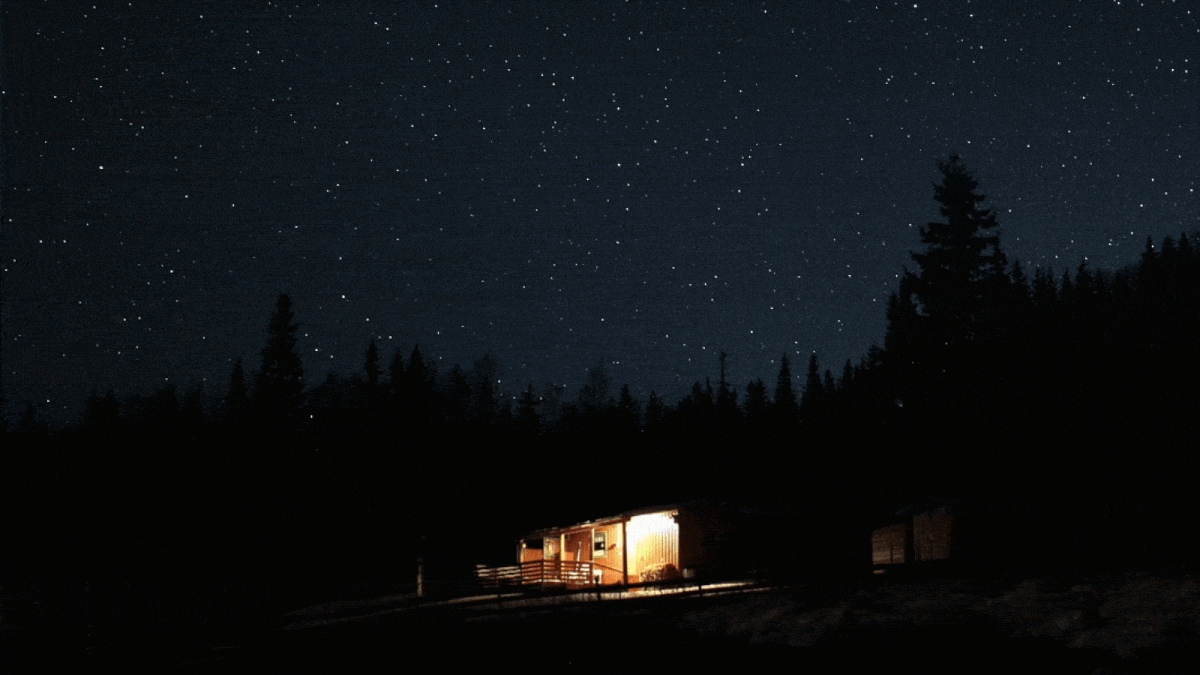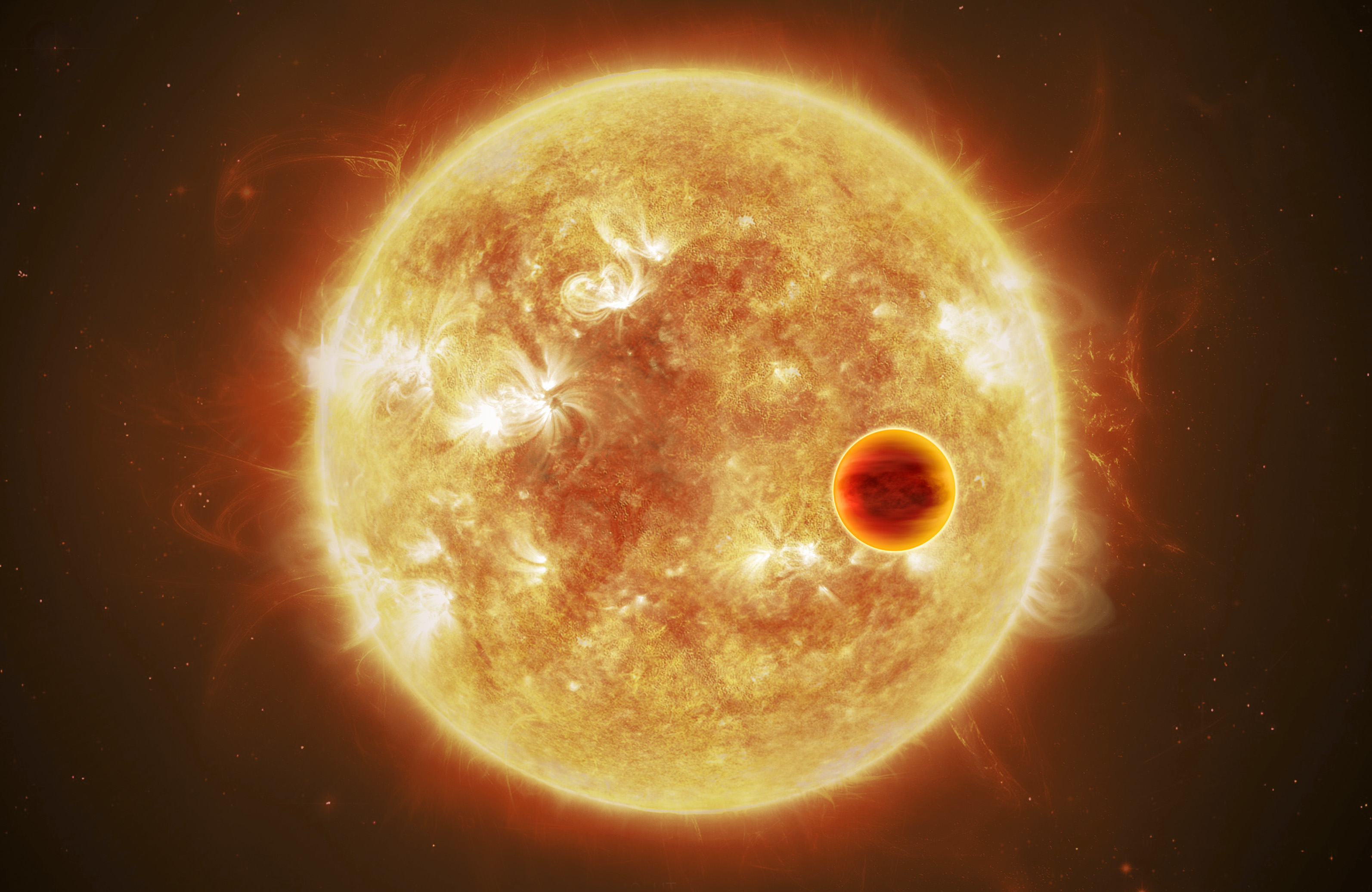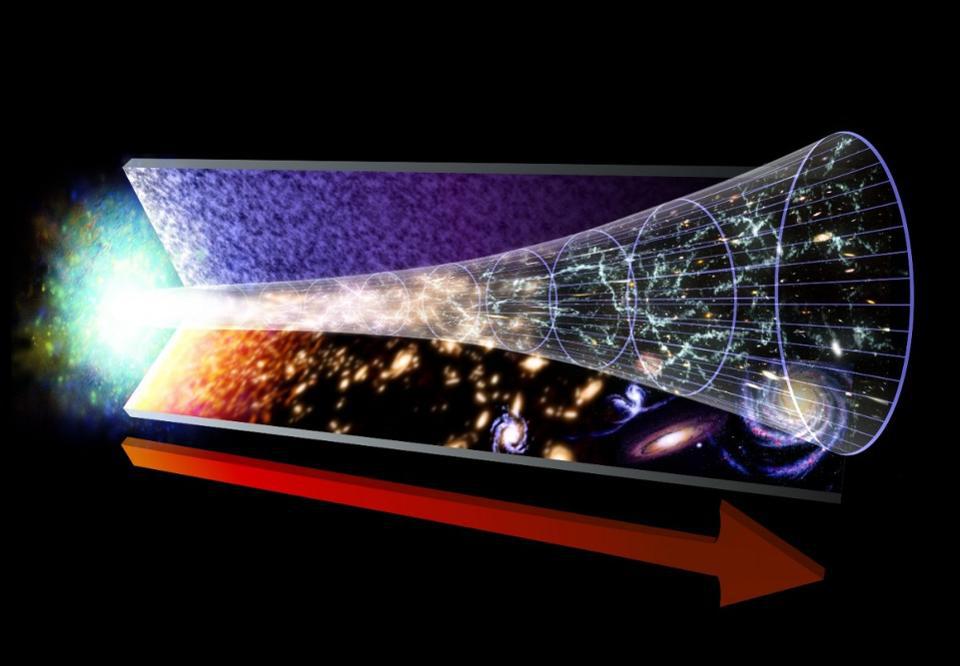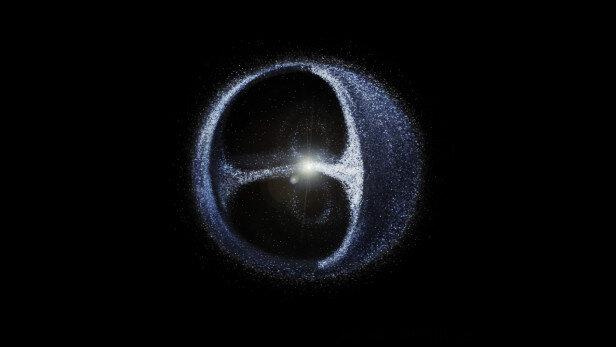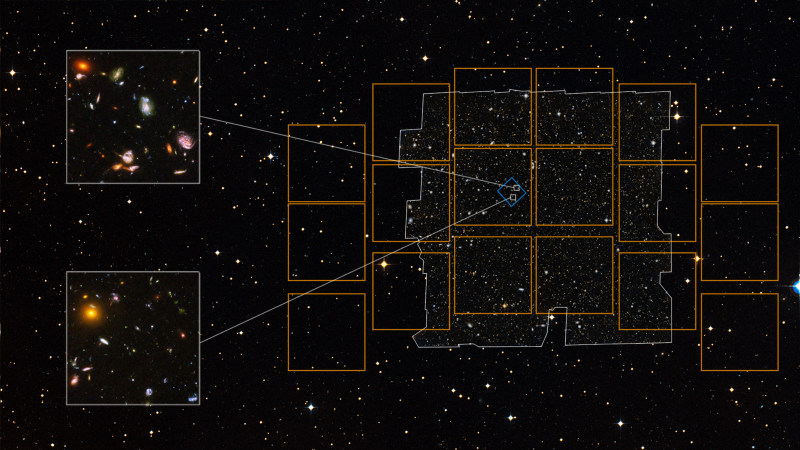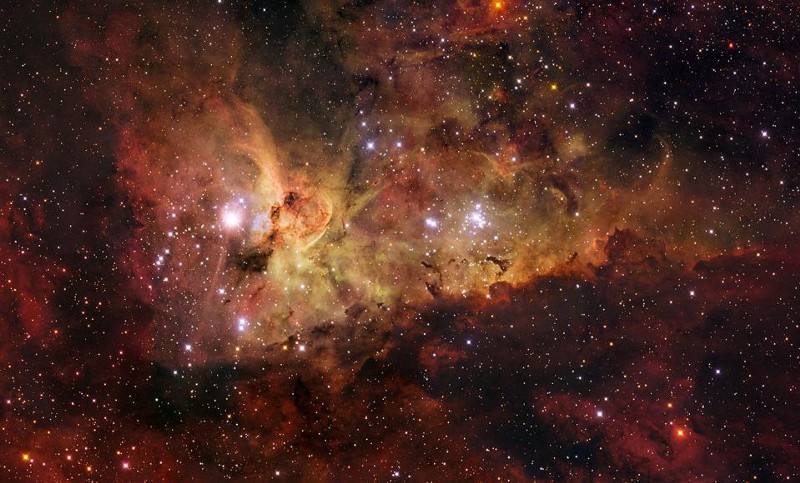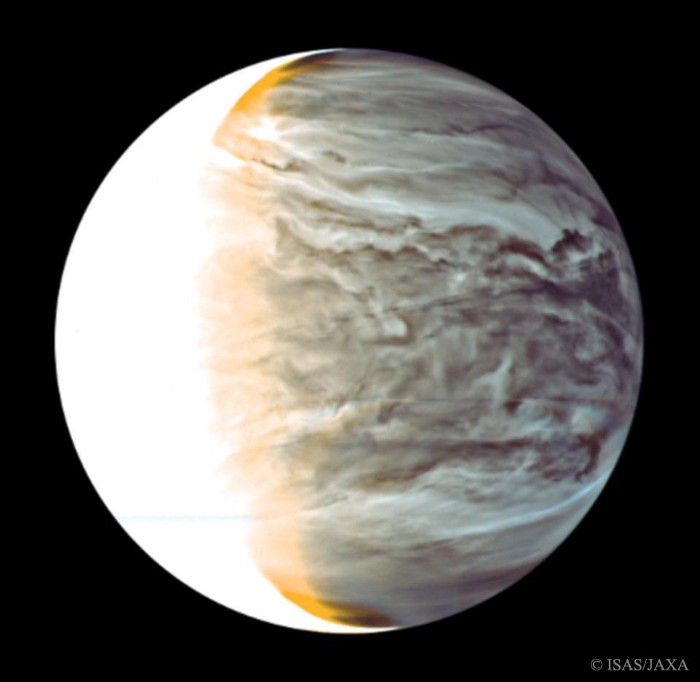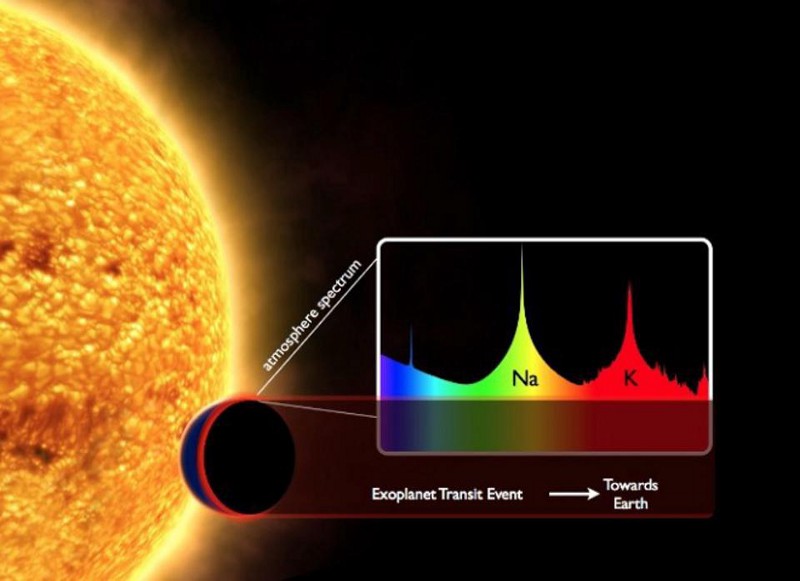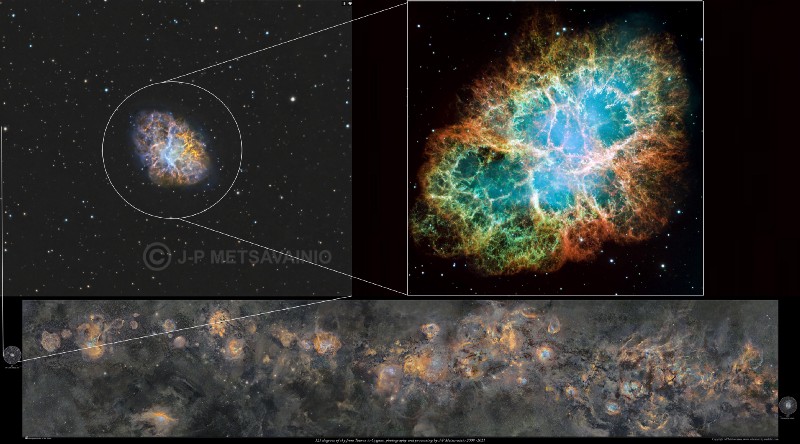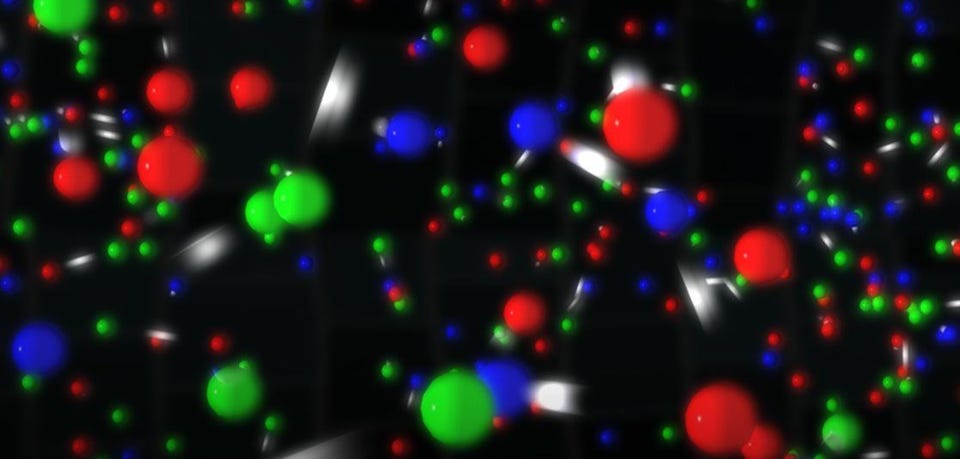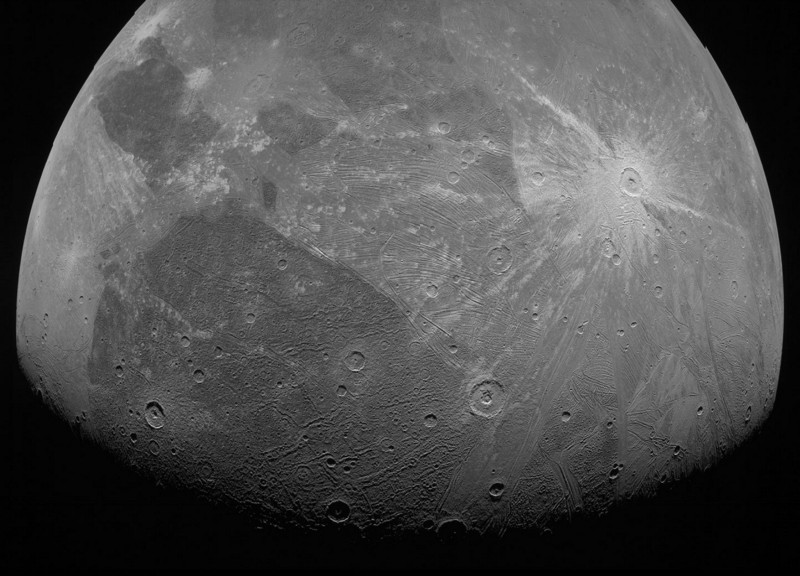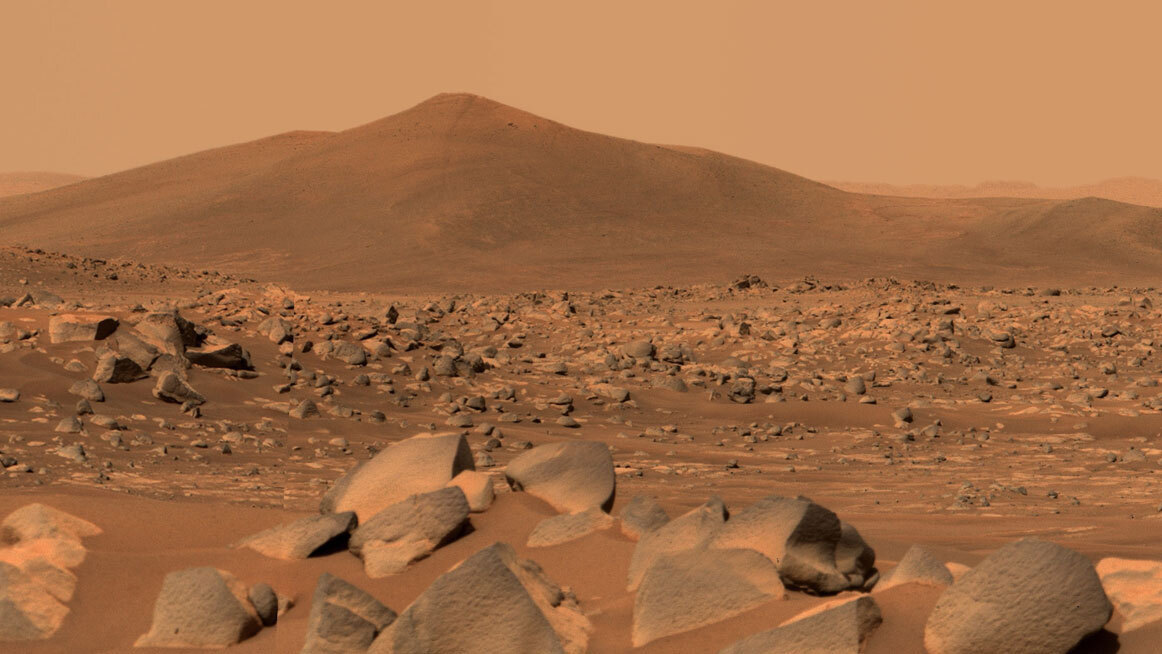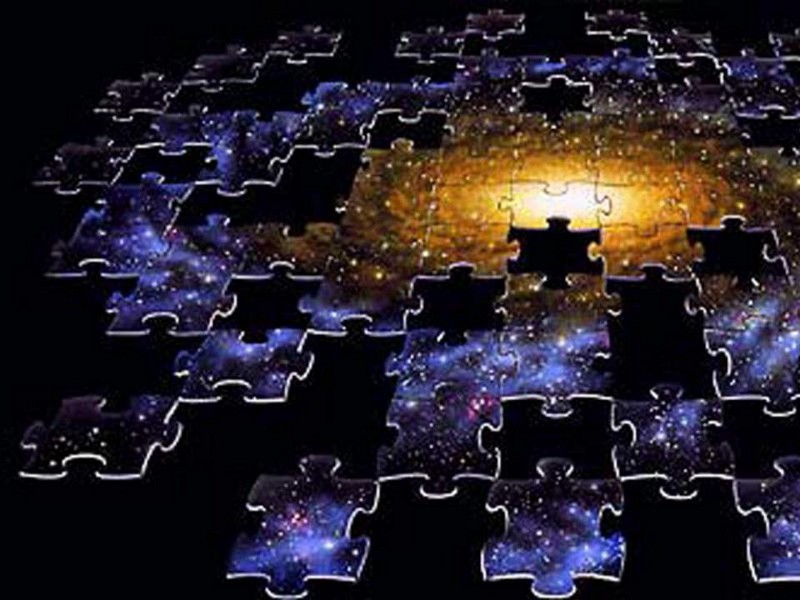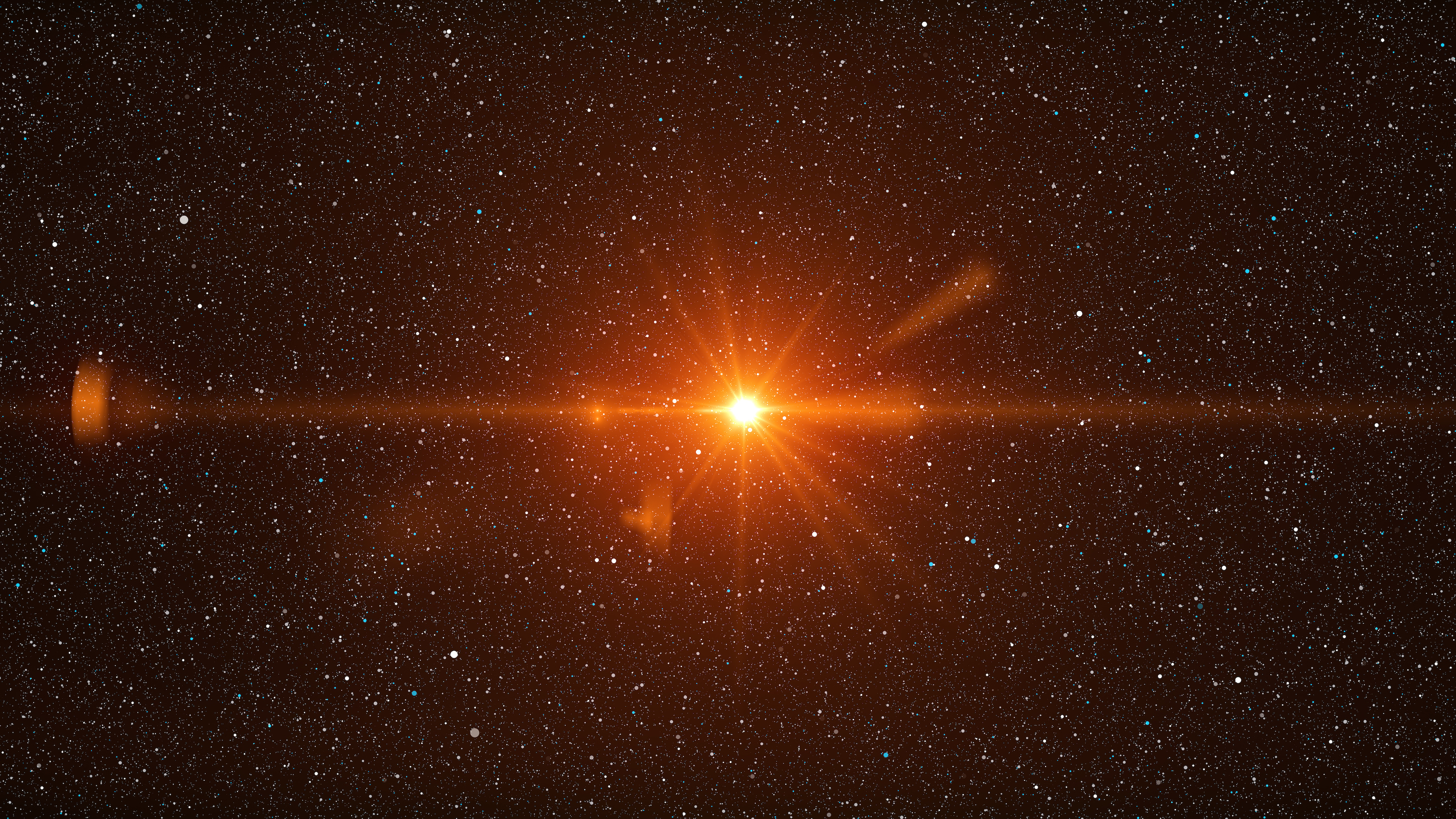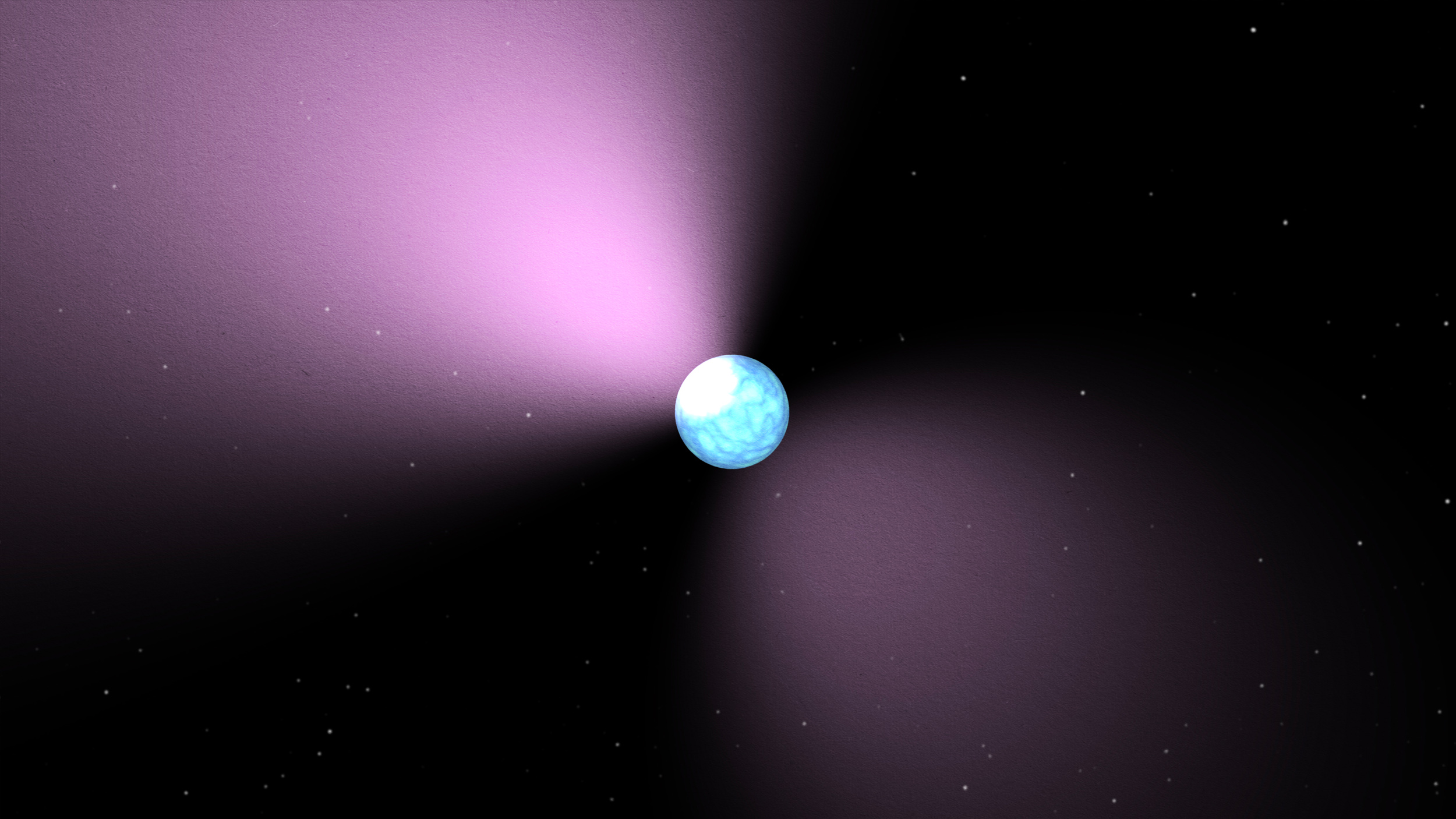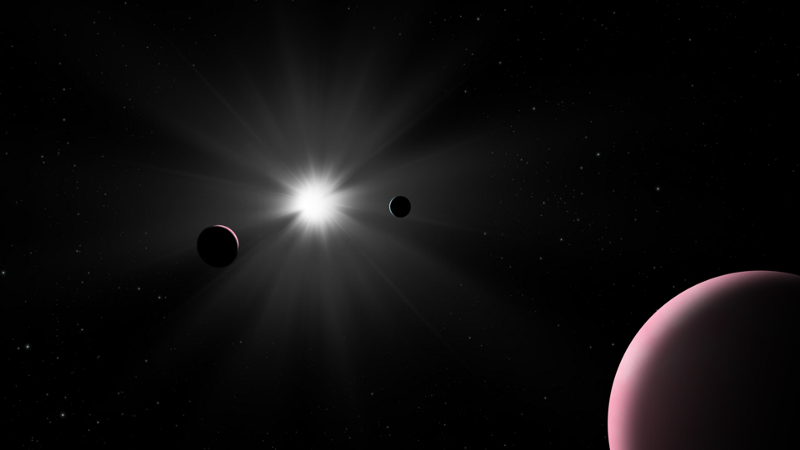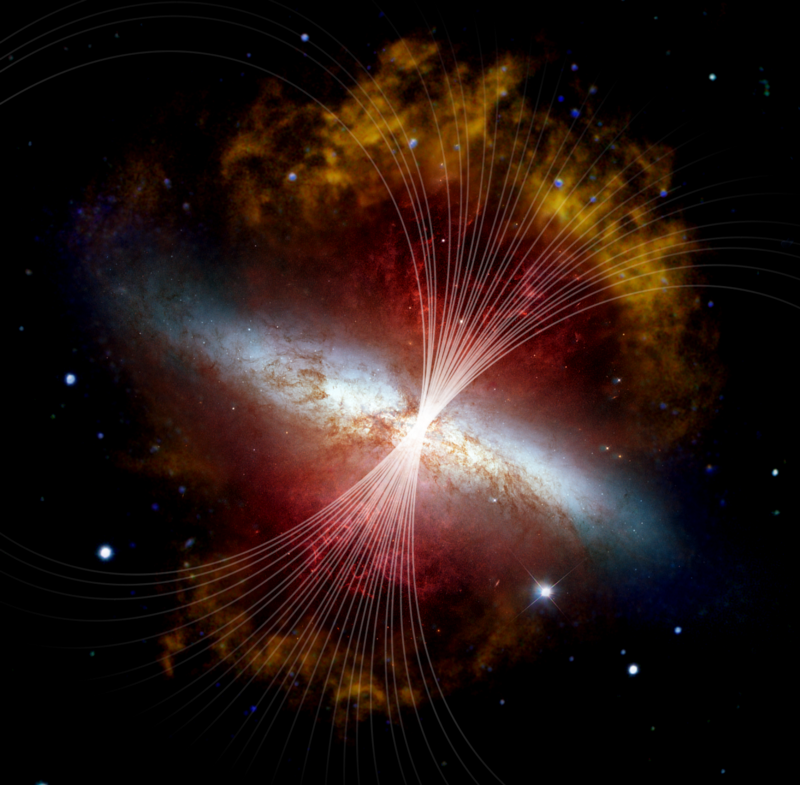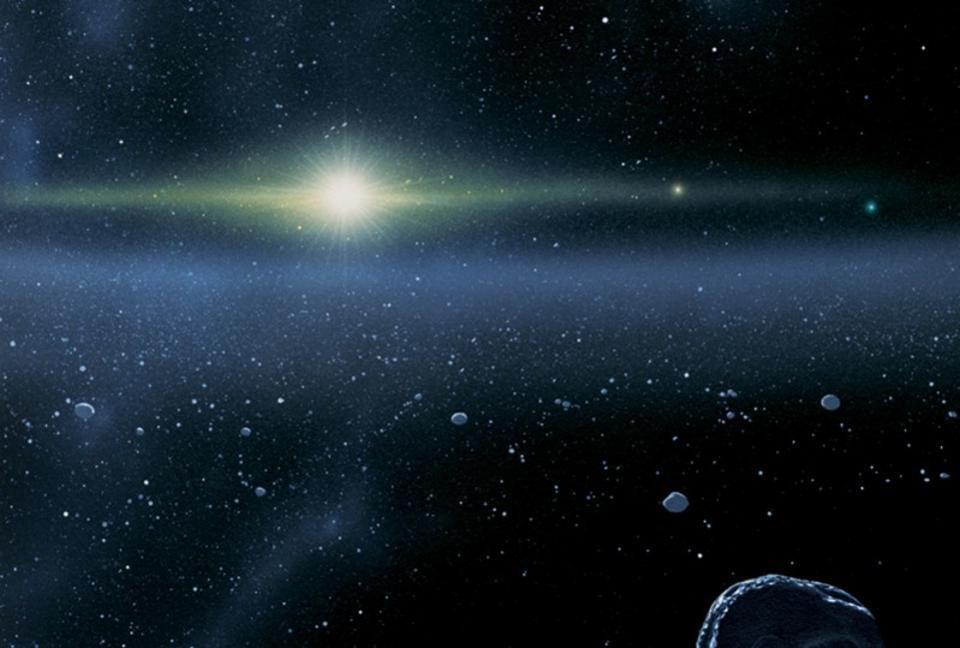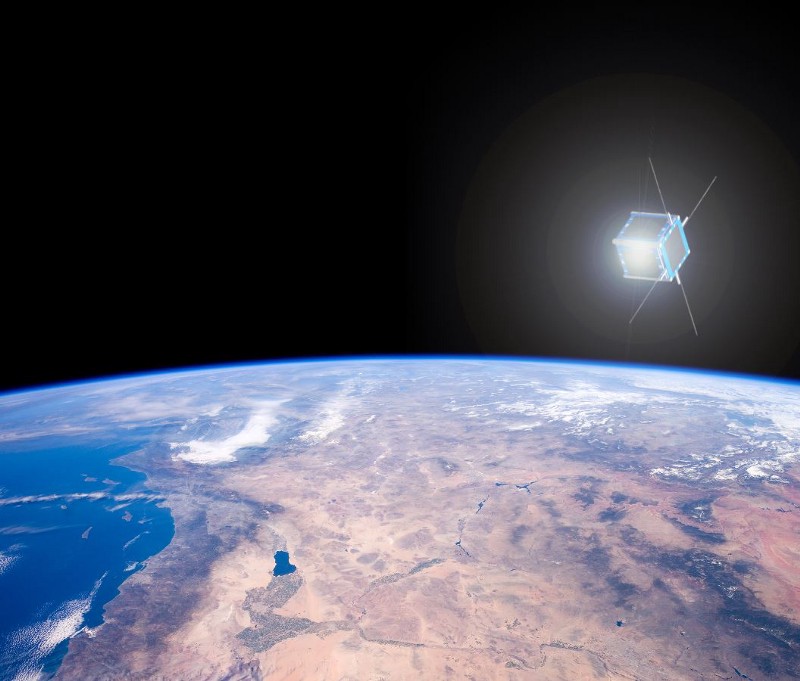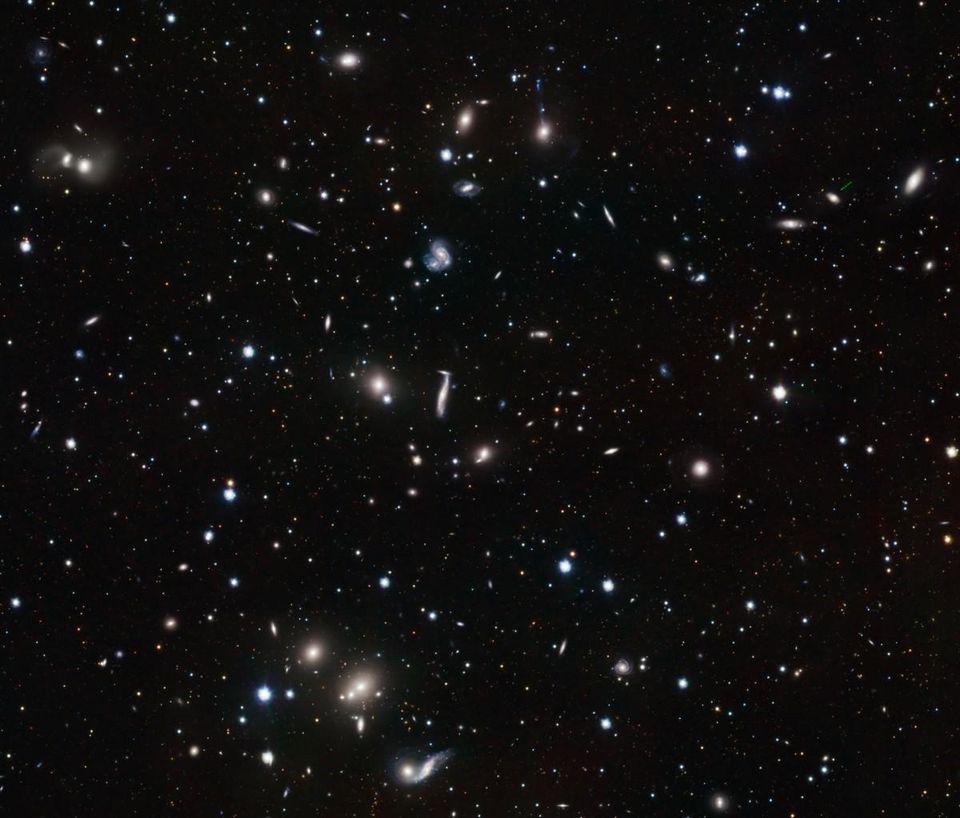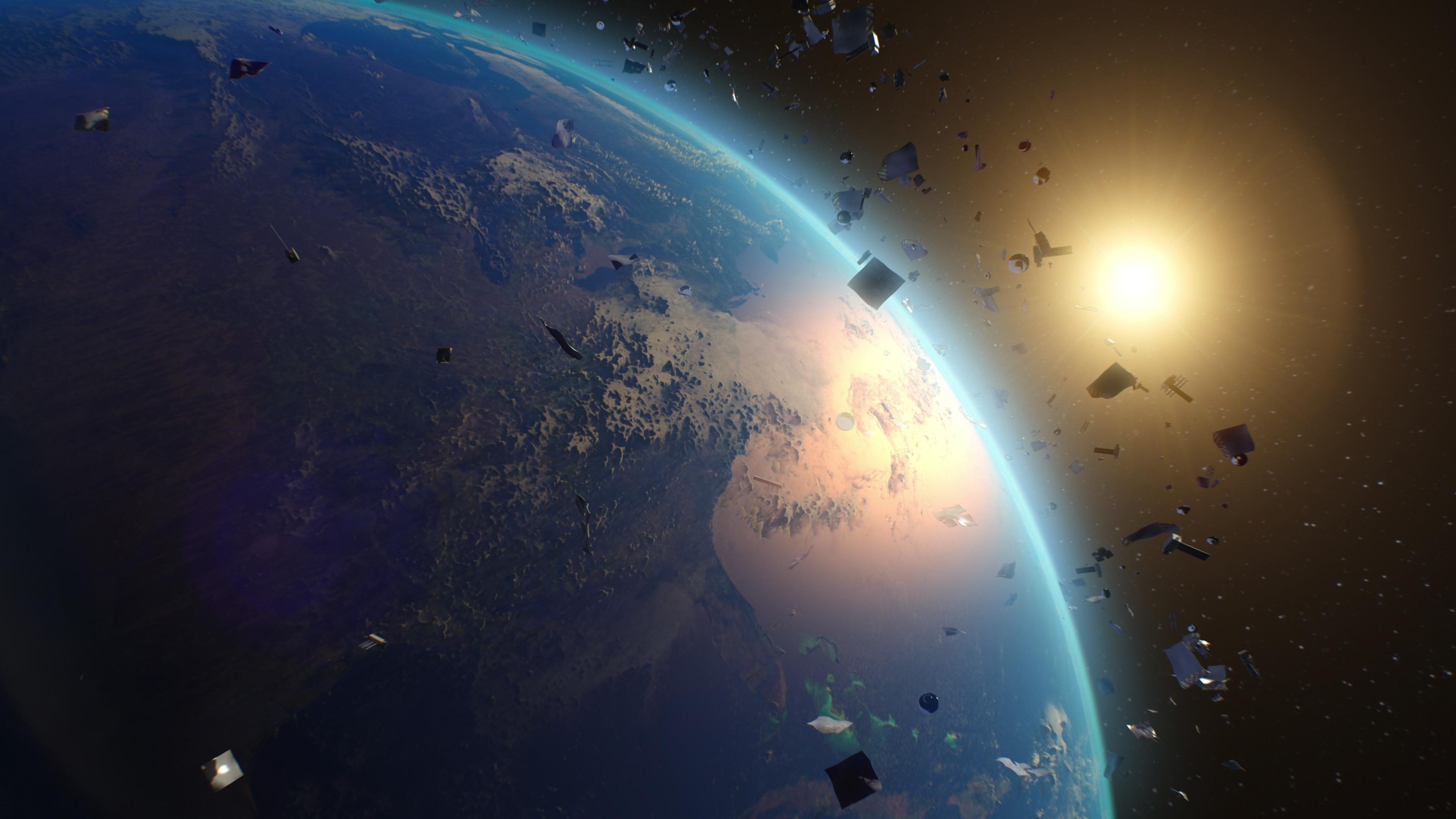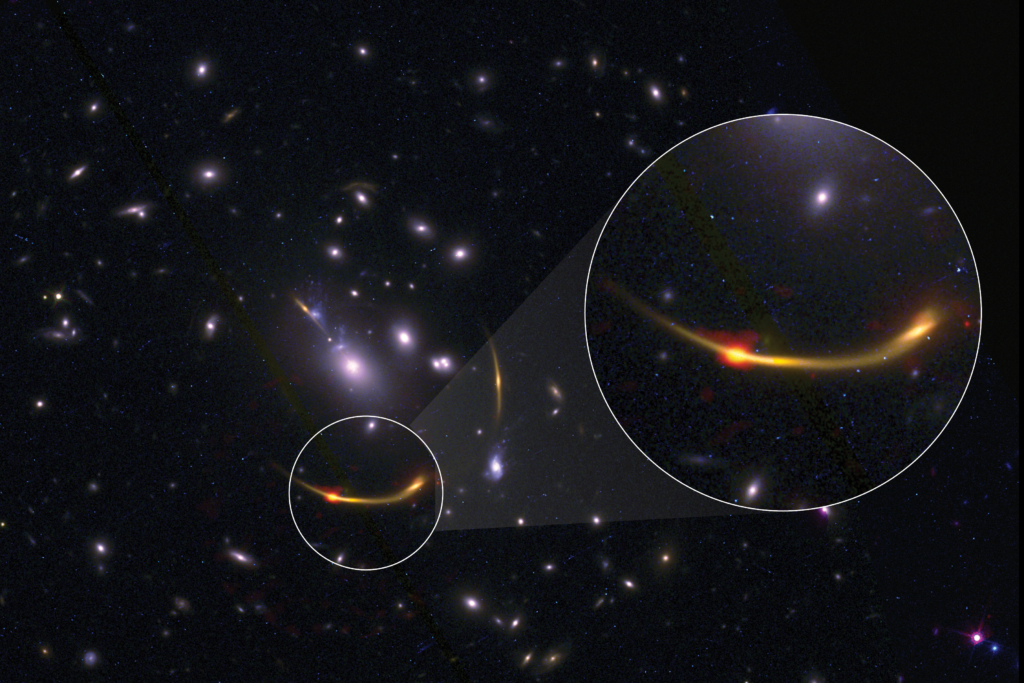UAP are no laughing matter anymore.
Search Results
You searched for: nasa
Most exoplanets have been found around single stars via the transit method. But binary star systems might contain even more of them.
There are an estimated two trillion galaxies within the observable Universe. Most are already unreachable, and the situation only gets worse.
Astronomers possibly solve the mystery of how the enormous Oort cloud, with over 100 billion comet-like objects, was formed.
One image can give over 100 times the data we now get from Hubble. NASA’s Hubble Space Telescope, launched in 1990, revealed the previously unseen Universe. The most distant galaxy ever […]
Mass determines a star’s fate… except when it doesn’t. Supernova events are common, visually spectacular astronomical cataclysms. In 1987, a supernova just ~168,000 light-years away was observed in the Large Magellanic […]
The “overview effect,” experienced by astronauts when they view the Earth from outer space, irrevocably changes your perspective as a human.
Earth is the Solar System’s only known inhabited planet. Could Venus, if its phosphine signal is real, be our second world with life?
Whether they’re gas giants or rocky planets makes all the difference for life. Over the past 30 years, we went from not knowing if there were planets like ours around other […]
Both views are equally spectacular, but unequally informative. Every so often, a creative amateur project highlights our professional achievements. This mosaic shows the region between the constellations of Cygnus and […]
Before we formed stars, atoms, elements, or even got rid of our antimatter, the Big Bang made neutrinos. And we finally found them.
Chemical energy, where electrons transition in atoms, powers the reactions we see. But two other types hold more promise than all the rest.
The largest moon in our Solar System, often overlooked, is a water-rich world. Does that mean life? Here on Earth, life took hold very early on in our planet’s history, and […]
There’s a whole lotta shakin’ goin’ on beneath the single plate of Mars.
NASA astronomer Michelle Thaller is coming back to Big Think’s studio soon to answer YOUR questions! Here’s all you need to know to submit your science-related inquiries.
We can describe what we see happening, but we don’t understand why. Despite our vast cosmic knowledge, enormous unknowns remain. The quantum fluctuations inherent to space, stretched across the Universe […]
Unexpected images of galaxies from the James Webb Space Telescope do not disprove the Big Bang. There are other likelier explanations.
Ultracold gases in the lab could help scientists better understand the universe.
If our nearest star has an Earth-like planet, here’s how we’ll see it. As seen from up close, the signs of not only life, but our intelligent, technologically advanced human civilization […]
NASA’s SOFIA mission is upgraded and back in action, and the Cigar Galaxy makes a perfect target. In theory, cold, neutral gas is the key to stars and galaxies. A visualization […]
In 2006, Pluto was demoted in a very controversial decision. Unless you ignore nearly all of planetary science, it’ll never be one again.
Astronomers have been looking for radio waves sent by a distant civilization for more than 60 years.
‘Fast Optical Bursts’ will confound ground-based astronomy. As of 2021, planet Earth is currently experiencing the least pristine night sky in recorded history. Prior to the development of artificial lighting, […]
Even if we traveled at the speed of light, we’d never catch up to these galaxies.
What if we could harvest energy from human heat, sweat, or vibrations?
Since 1957, the world’s space agencies have been polluting the space above us with countless pieces of junk, threatening our technological infrastructure and ability to venture deeper into space.
Three reasons why a radically better future is more likely than we think.
The most massive galaxies lost their star-forming material very early on and never got it back.
Scientists have long puzzled over how Mars, a cold and dry planet, was once warm enough to support liquid water.
Unless you have a critical mass of heavy elements when your star first forms, planets, including rocky ones, are practically impossible.
